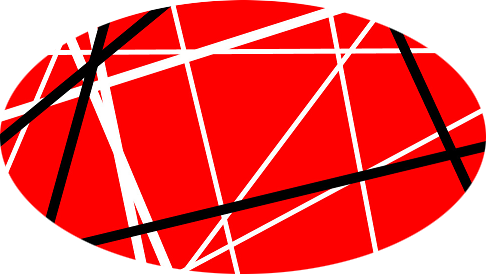Communication of Science
|
Communication is a fundamental part of the work of scientists and mathematicians.
And I think it is important to communicate not only with the people in the same sector as yours in a technical way, but also with the so called general public.
Let people understand what you are doing in a simple way, but mainteining the scientific integrity, and stress the aim and the utility of the reseach (not only the applied one!) should be a duty for all scientists/mathematicians: it is in fact of fundamental importance, although it is a very difficult task, to convince people that science and mathematics, behind the practical aspects, is culture and culture is of capital importance for the humankind in order to grow as humans being and have a better understanding of the world around and inside us. |
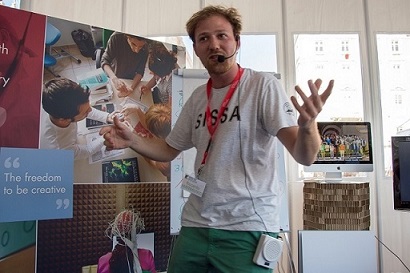 |
 |
Being invited to talk at the Lyceum International Club of Firenze (site here) was an honor and a pleasure. The conference (part of the general program of 2017 present here), titled Il pennello di Galileo (Galileo's brush), was about the role of Mathematics in scientific investigation, and how math can be used to recolor damaged images. |
|
Wonder how math can help in reconstructing a painting? The interview made by Luisa Alessio for OggiScienza (in italian, see here) will let you know something about it! |
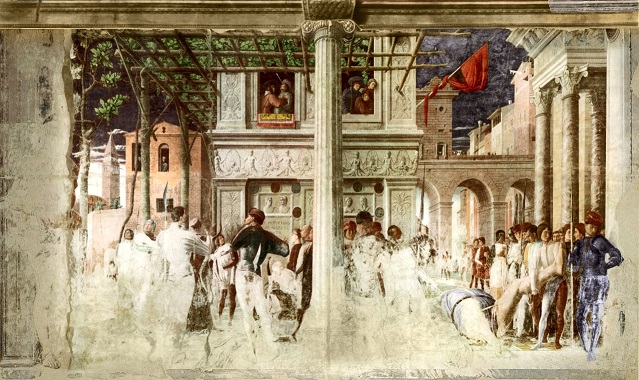 Cappella Ovetari, Padova |
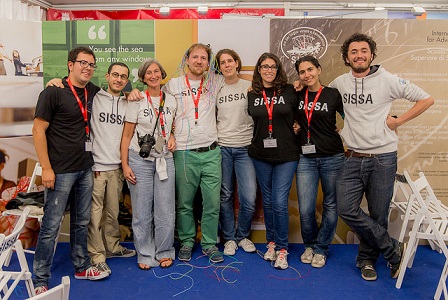 |
I was very lucky to find at SISSA and in particular at SISSA Medialab (site here) people with a lot of passion and professionality in communicating science that have given me the possibility to learn and to make practice with this art. In the a.y. 2013-2014 and 2014-2015 I has been a vounteer for SISSA per la Scuola, the initiative that permits students, ranging from primary to high school, to visit SISSA and to speak with Ph.D. students about science. These kind of experiences are priceless. |
|
Every year SISSA organizes SISSA in Festa, an event aimed at presenting to people the world of science.
In 2014, together with Matteo Casati, we prepared an interactive seminar about caustics.
Here you can find
the article and the video on the local press. (You can find me at 2:30!) |
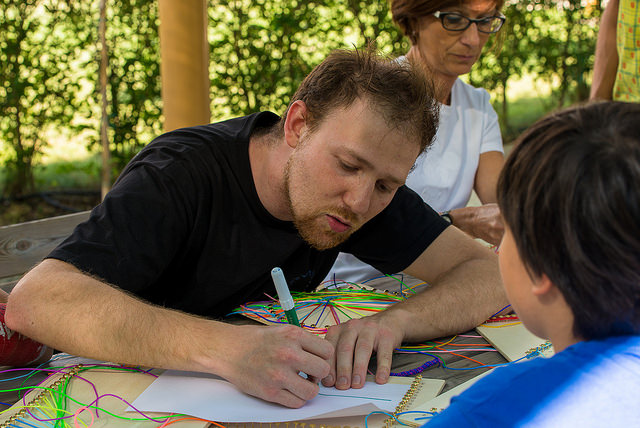 |
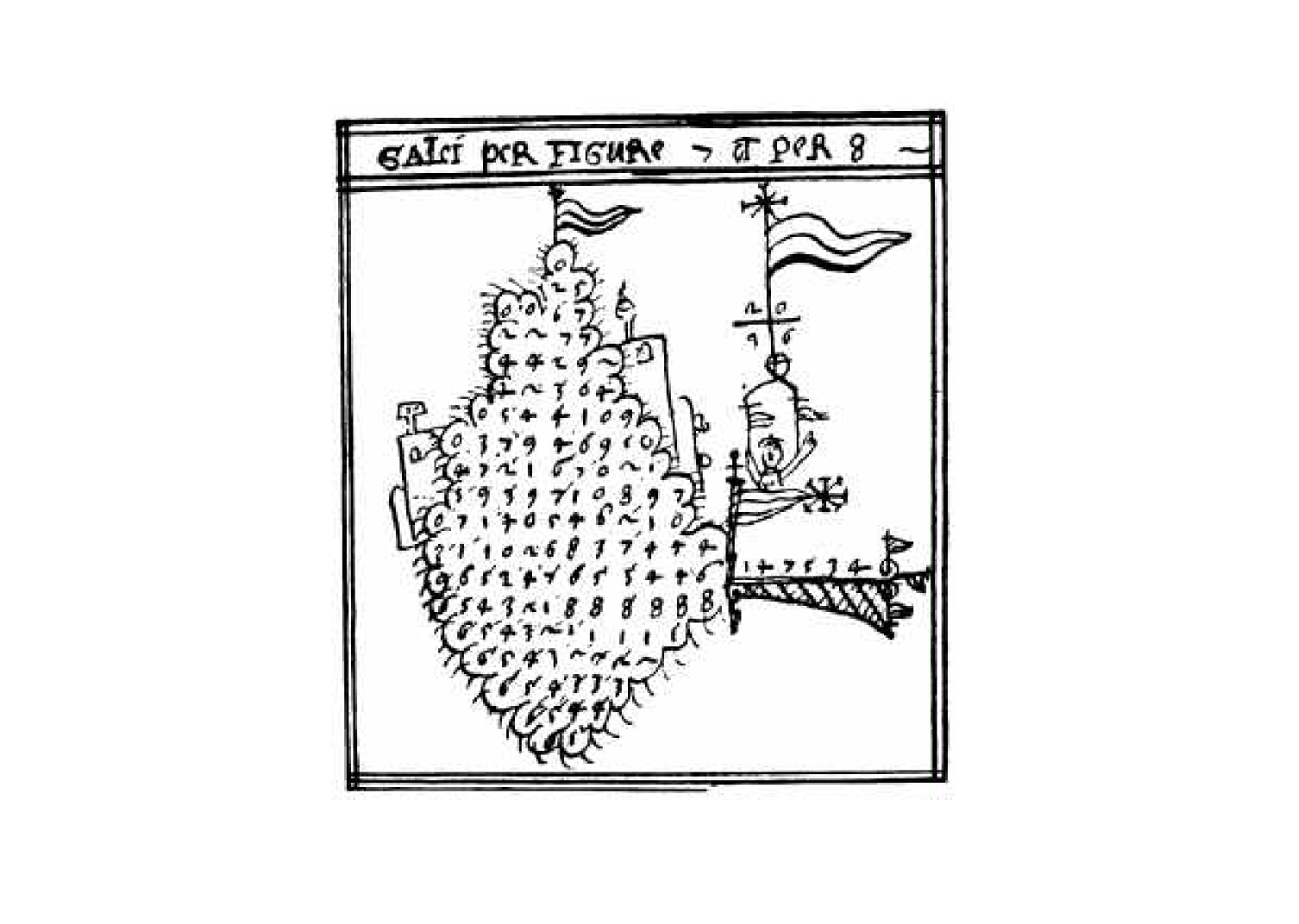 Image from a non published work by a Venetian monk - XVI century |
A collaboration with RCS, on the behalf of SISSA Medialab, gave rise to three fact sheets titled Il toerema dei quattro colori (pdf - 466Kb), Cantor e l'infinito (pdf - 426Kb) and Le altre matematiche (pdf - 187Kb) (about the ancient and medieval indian, chinese and arabian maths), that have been published on a teacher guide related to a medium level school textbook edited by RCS. |
|
If you want to learn something new about science you can take a look to the site of SISSA per la Scuola
here, where you can find a lot of video and activities about science, together
with the presentations of some SISSA persons. |
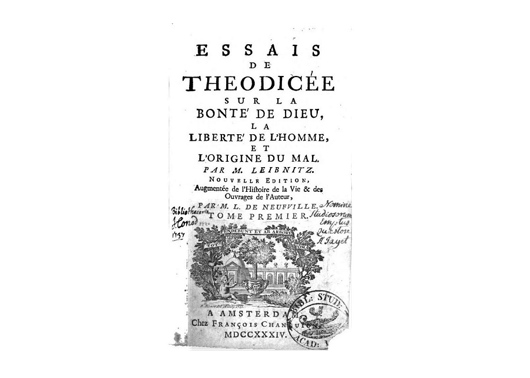 title page from a 1734 version |
